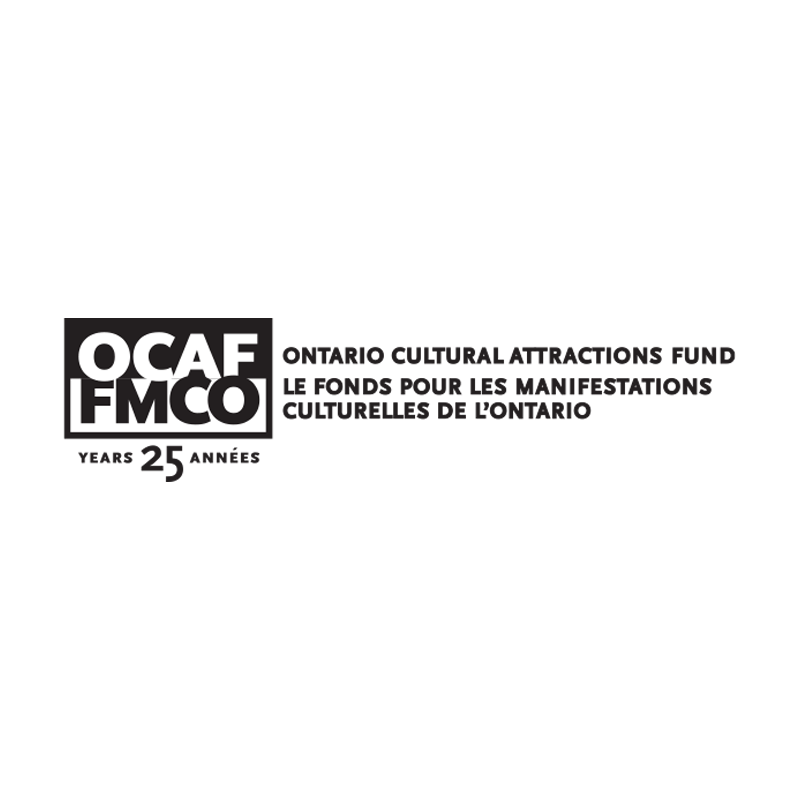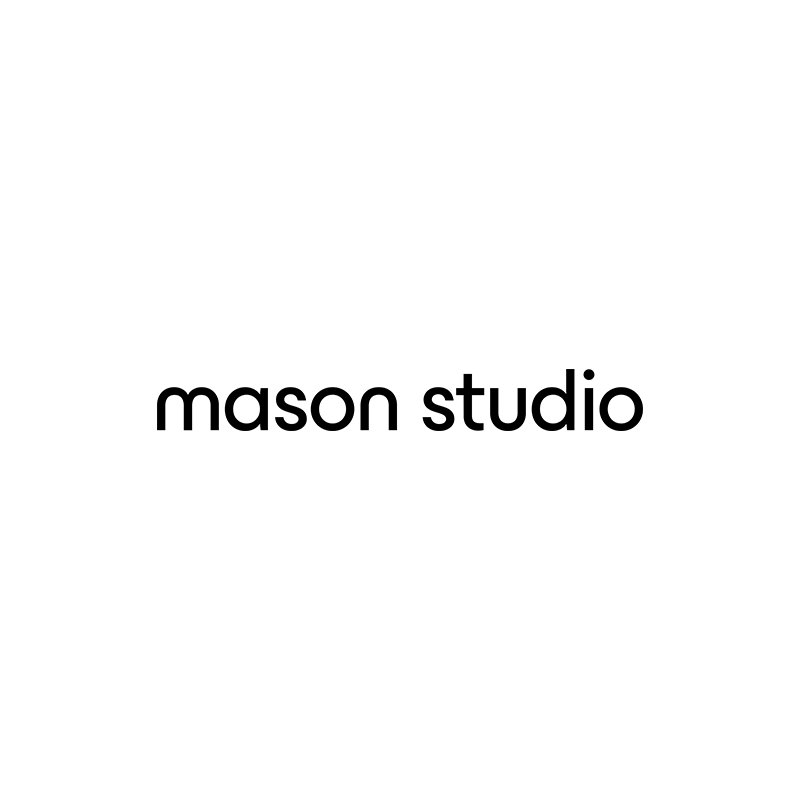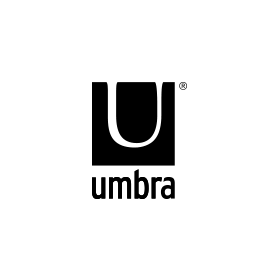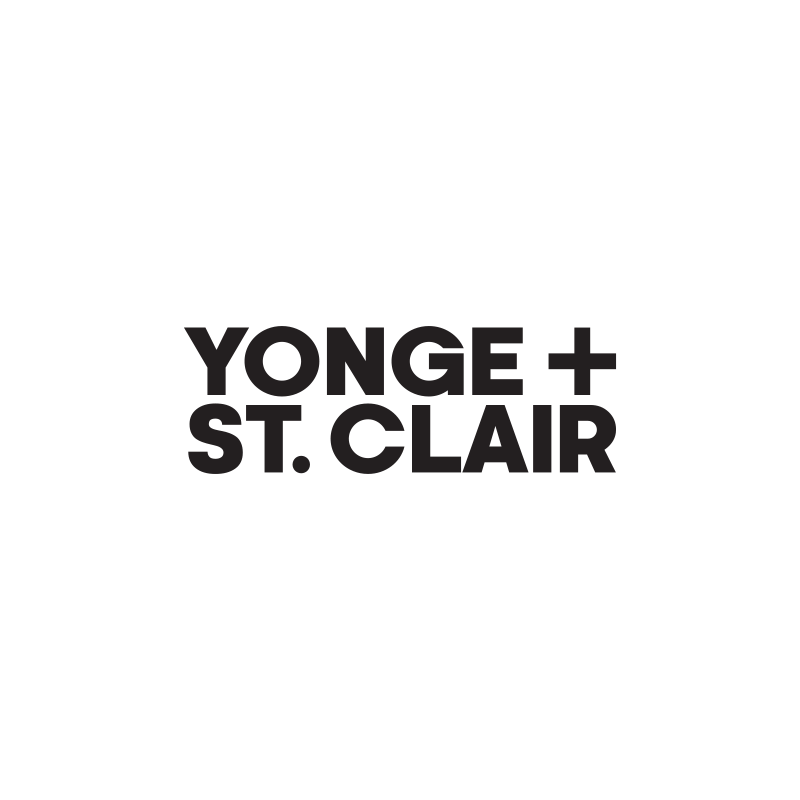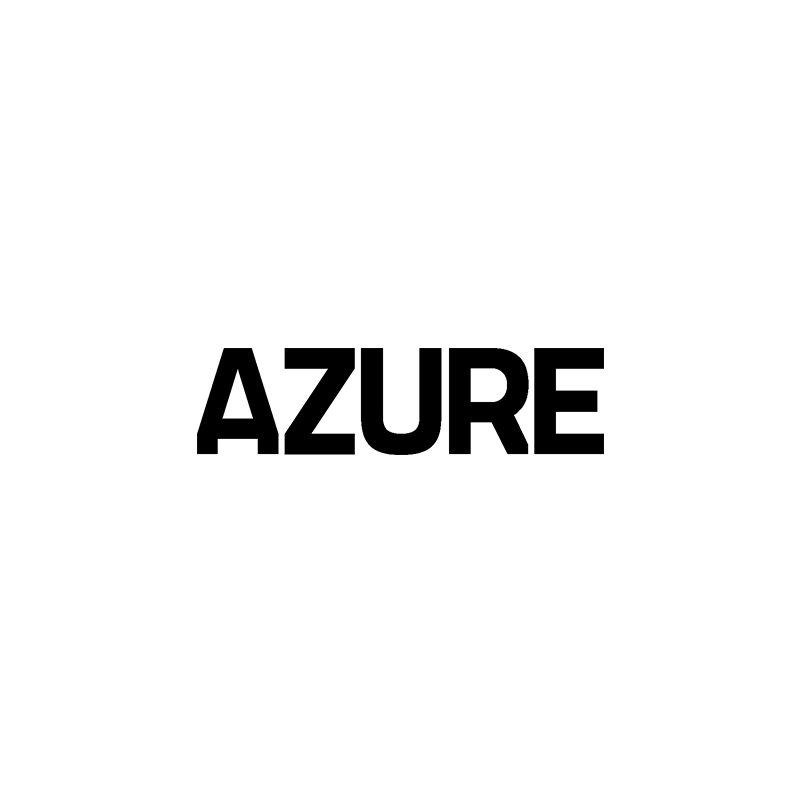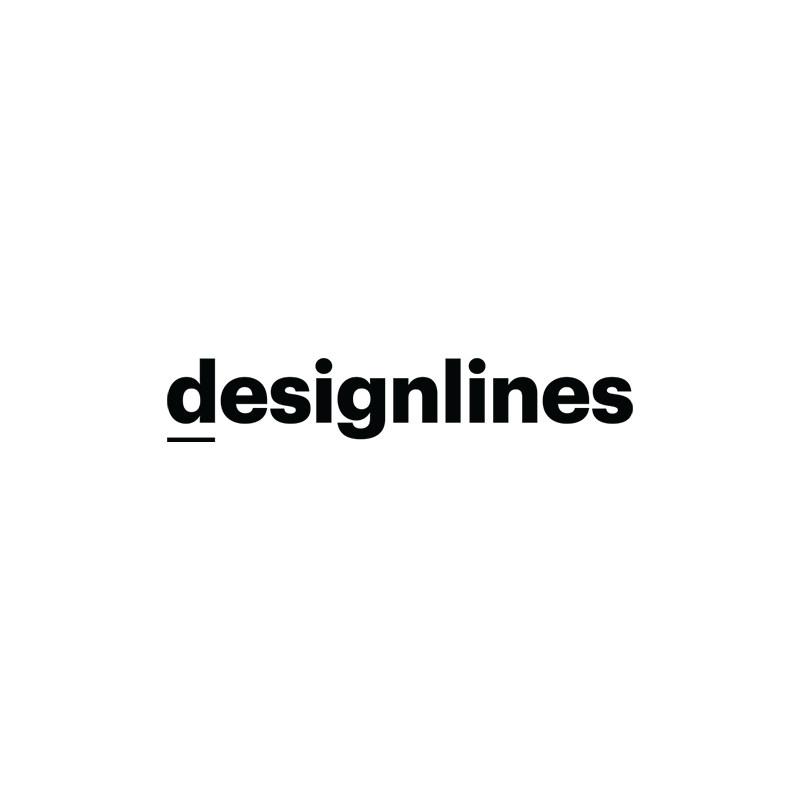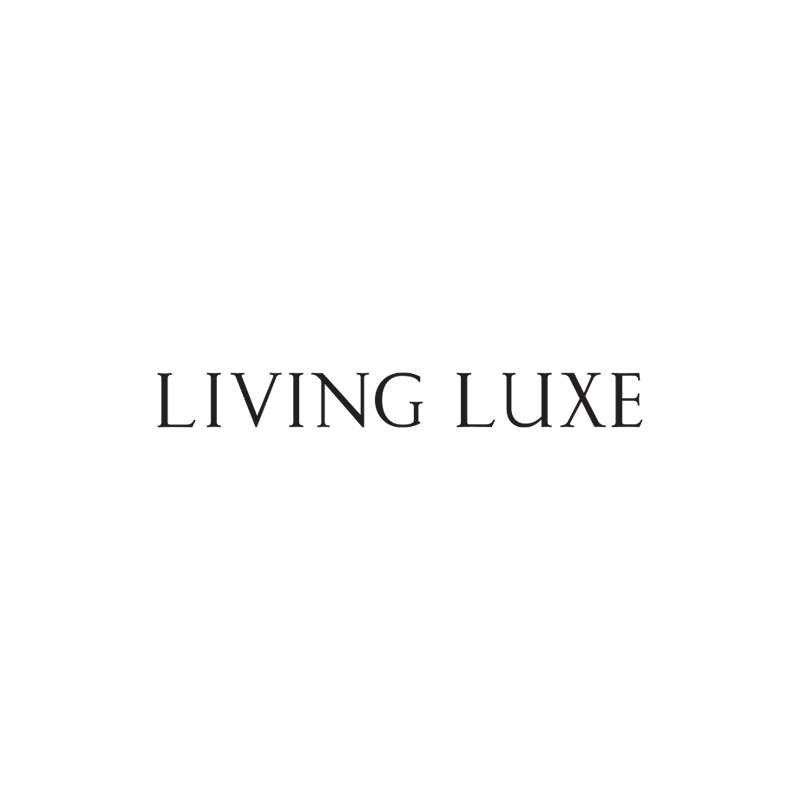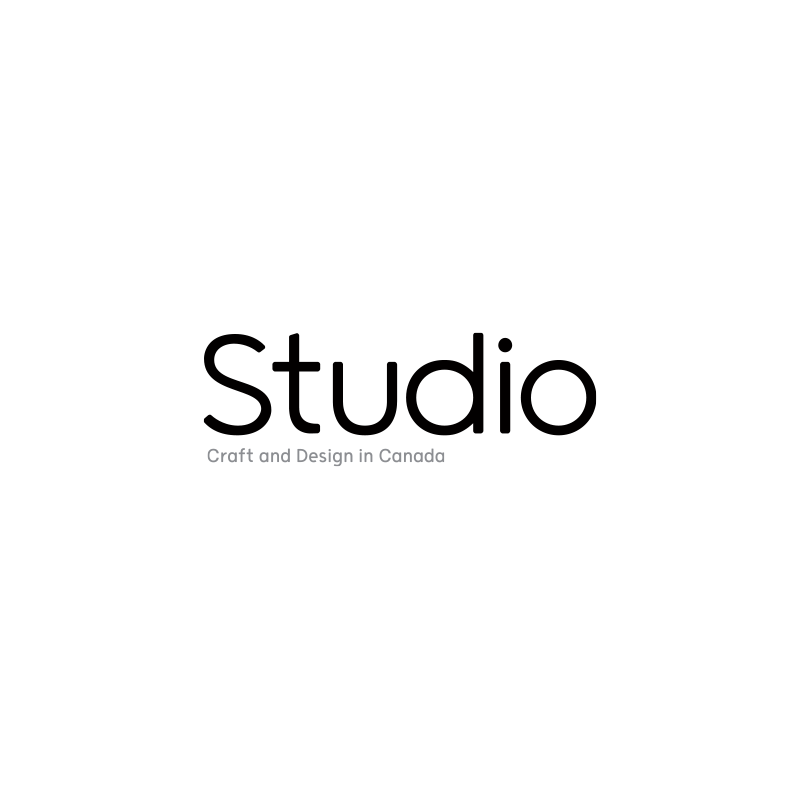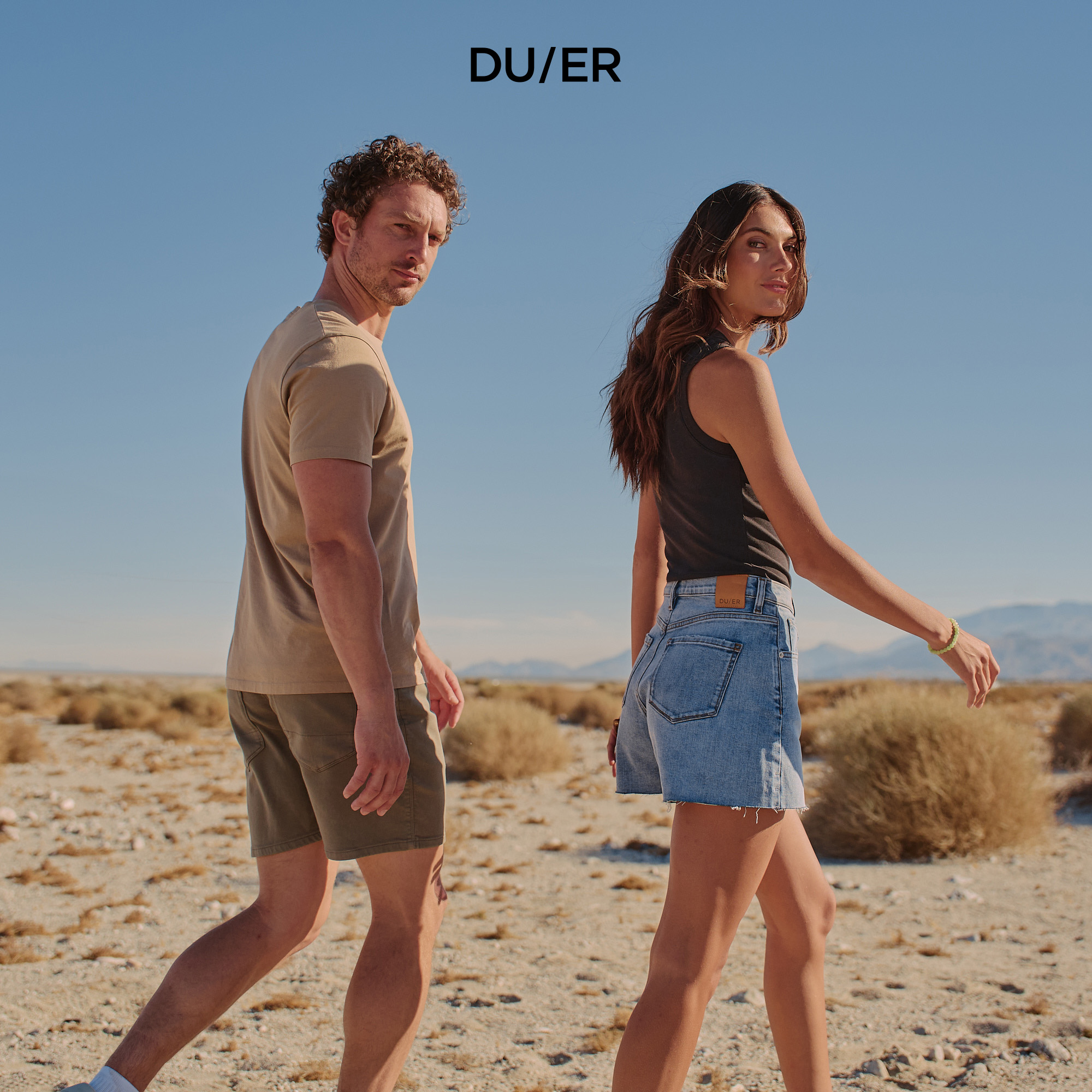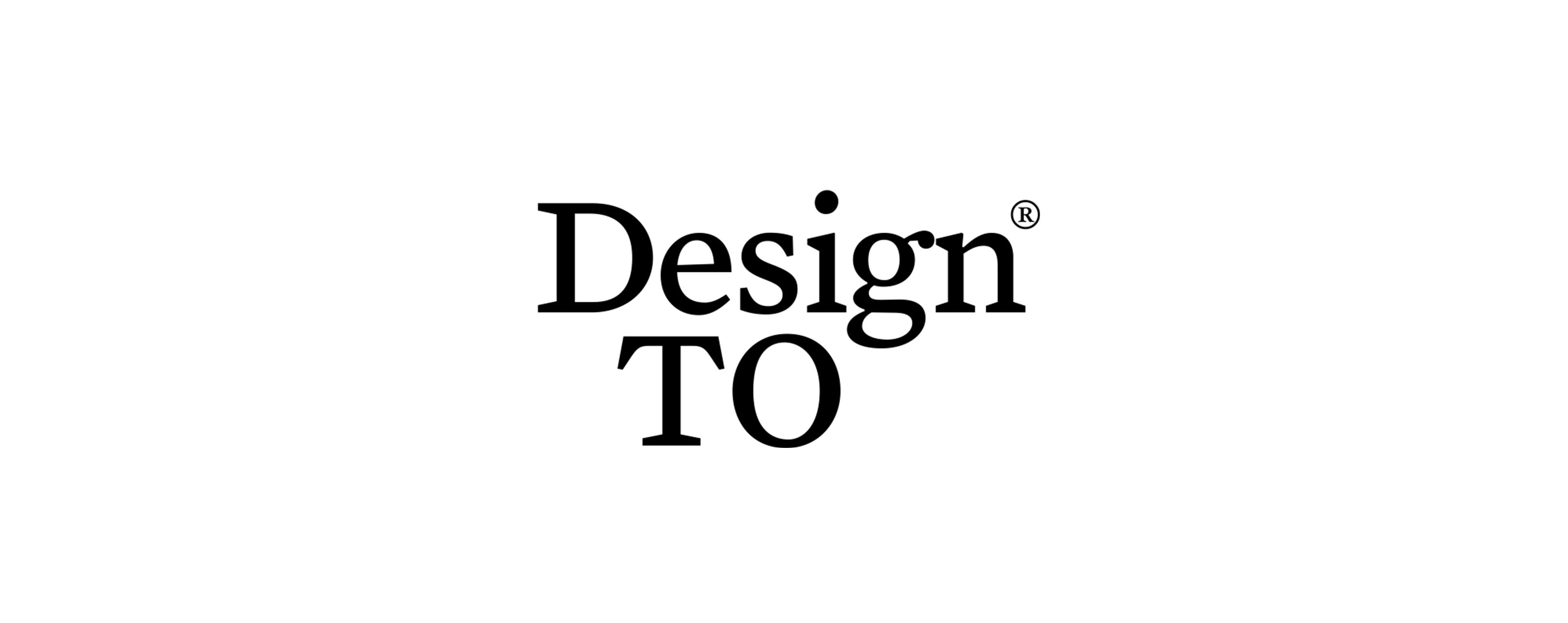
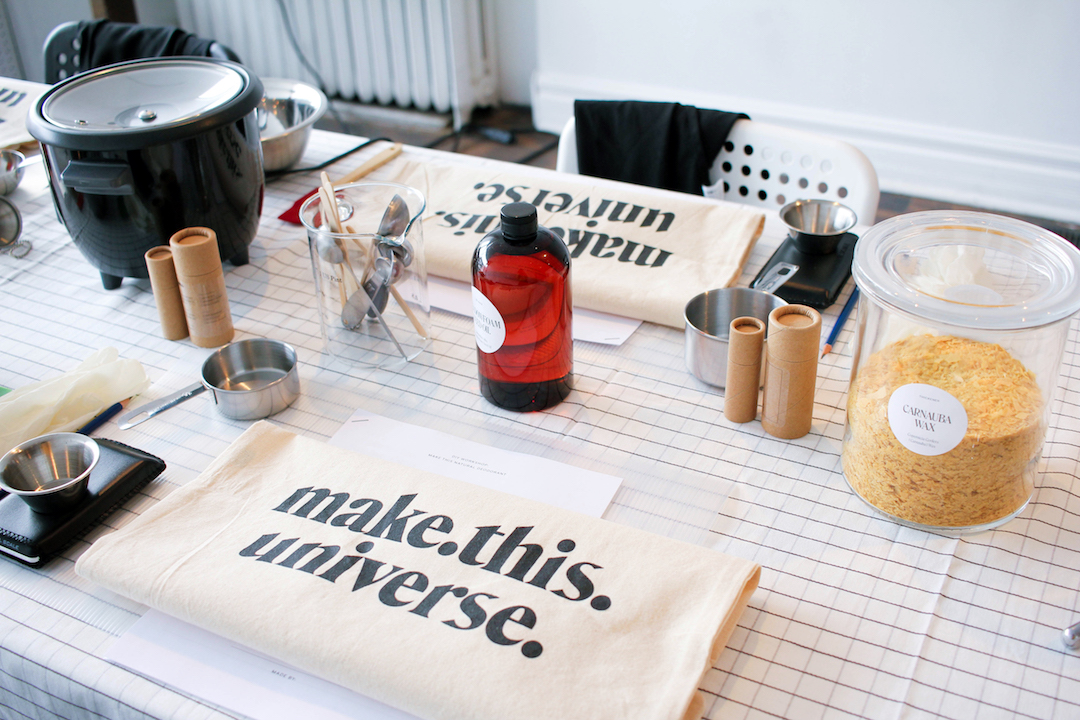
Since 2011, the DesignTO Festival has featured a wealth of talent. From furniture to installation to architecture and more, artists and designers working in a range of media showcase exciting new and existing work. Through our Artist & Designer Spotlight series, readers will have the chance to learn more about the artists and designers that make up Toronto’s vibrant creative community.
Name
Jessye Lilly Joy Grundlingh
How would you describe your practice?
My design practise revolves around creating sustainable, habit-forming products. Since studying industrial design at OCAD University, I have been obsessed with the ways in which everyday products can help create new, more sustainable behaviours. I love the idea that “good” design can be used to trick people into doing good! My online store and handmade business, Make This Universe, revolves around this practice, using great packaging and branding to nudge people towards self-sufficiency with our sustainable Do-It-Yourself kits! Our DIY kits allow our customers to co-create their products with us.
I chose to focus on DIY because it allows for customization, and customization generally means a greater chance of success (especially in our skincare products), which means less waste overall. I also find when people make items themselves, they feel more aware of what goes into making their everyday products. This awareness makes it less likely that our products will be seen as disposable or of low value (as with a lot of CPG items from skincare to candles). I like to think each of our DIY kits are a seed sent out into the world, from which so much can grow: whether it inspires someone to learn a new skill, or start their own handmade business. I love that we are selling an experience that shapes their lives in ways we cannot predict.
Is your work inspired by anything in particular?
I am inspired by the ways in which humans have always interacted with nature and the environment. Traditional methods of making things based on a deep knowledge of the land and its materials inspires me. Even as we collectively mourn for all the knowledge that has been lost (as a result of globalization, colonization, and the annihilation of Indigenous knowledge and practises), I am hopeful that as a global community we can begin to rebuild this knowledge collectively, based on access to new materials and manufacturing methods, while honouring what has already been erased. This is also why maker culture, DIY zones, community tool libraries, and 3-D printing especially inspires me; it democratizes access to production and manufacturing, while levelling the premium placed on creativity, usually reserved for celebrated designers. Anything that helps people give shape to their own creative spark is an inspiration to me.
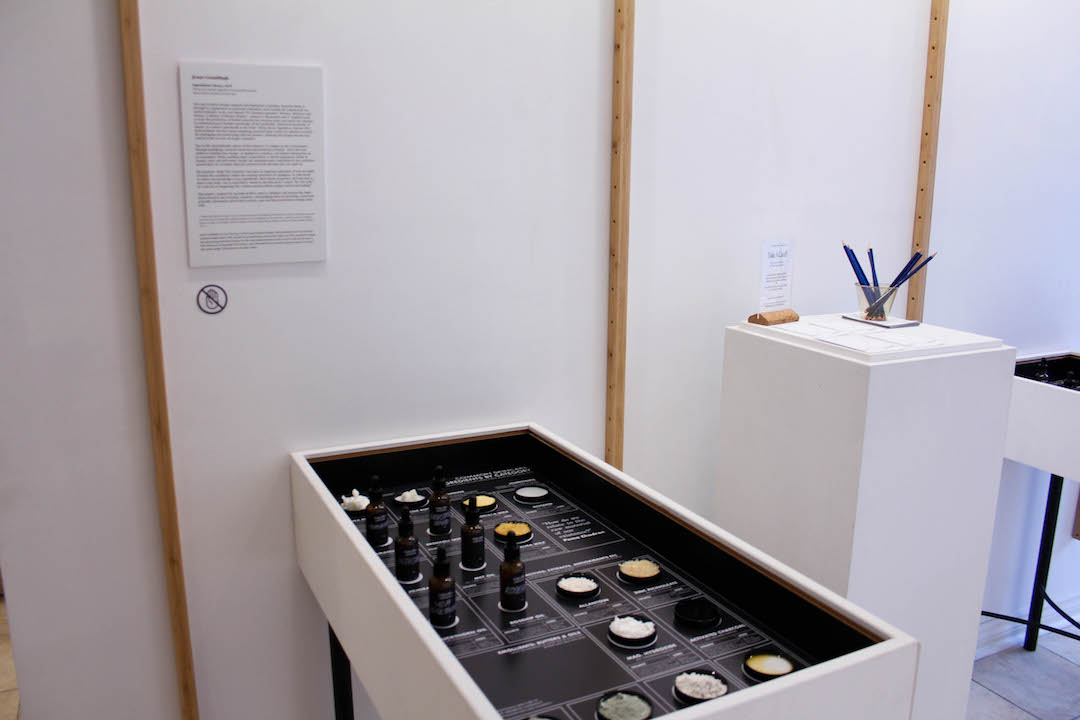
In light of recent events, have you had to change the ways you interact with the community? Were there any initiatives started because of the COVID-19 pandemic such as how you show your work, how you interact with the community, or how you inspire others?
I find the design industry, in general, very exclusive. It’s based on the premise that realizing your creative dreams is reserved only for a precious few, the corollary of which is that many people feel they aren’t in this creative club. In fact, one of the hardest parts of selling my DIY kits at markets is convincing people that they can 100% make stuff! I hear “I’m not creative” from so many people, which is such a tragedy. This mindset limits our ability to play and solve problems (like climate change) and see ourselves as change makers/creators. I witnessed so much latent creativity bloom during the three-month lockdown period of COVID, and it has definitely made me recommit to the importance of Make This Universe’s existence. I think COVID taught so many people that with some free time and exceptional levels of boredom, they do have the desire to create: whether that’s looking after a sourdough starter, baking banana bread, building shelves for their room, finally exploring their desire to make candles or skincare, to learn photography, to start drawing again…I am more committed now than ever to turning my business into a conduit for other people’s creative urges. If someone in our community wants to explore a new skill, I want to create a product for that; a DIY kit which gives them all the materials and instructions they need to get going without having to source it all for themselves.
How long have you been involved with DesignTO?
I participated officially for the first time in the 2020 Festival with an exhibition curated by my friend and mentor Lizz Aston, a local fibre-based artist, mineral forager and pigment worker. With only a bit of help from me, she conceived of an exhibition centred around raw materials and our evolving material practices, with work by a collective made up of Ananda Gabo, D’Andrea Bowie and me. The exhibition, titled “Exoteric Design: Material As Mentor” was spurred on by our summer readings, which involved learning about the European witch trials, the rise of Capitalism and the Industrial Revolution, through pamphlets like “Witches, Midwives and Nurses” (Barbara Ehrenreich, Deirdre English), as well as Sylvia Frederici’s “Caliban and The Witch.” Through our evolving material practices, we wanted to explore, display and celebrate process work as established designers would final objects. In doing so, our aim was to confront the issues of erasure and enclosure that occurred around the time of the Industrial Revolution (including devaluing of women’s labour through the establishment of the patriarchy). The enclosures, the patriarchy, and the subjugation of Indigenous peoples through colonization all explain how we established our current problematic relationship with the earth. In our current paradigm, the earth is seen as a “resource” for human consumption/ownership, and industrial design is one of the most complicit industries in terms of promoting this paradigm. This is what drew us to exhibiting the raw materials we use in our practises, and “Exoteric Design” was our way of honoring these materials.
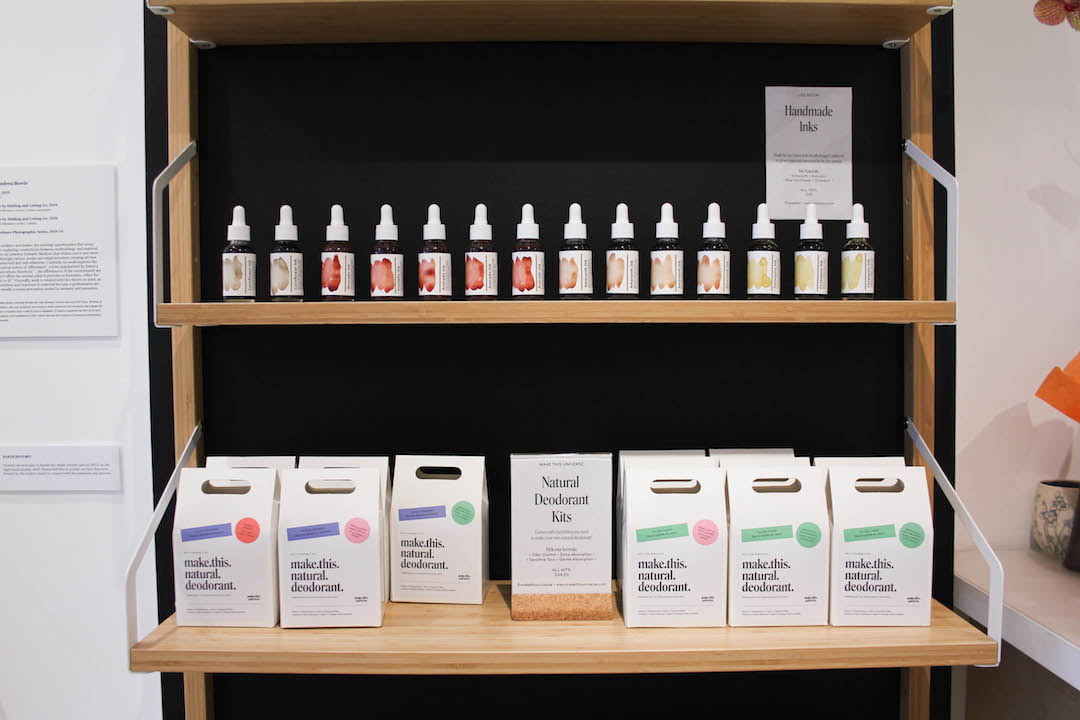
Do you have any memories from past DesignTO Festival you want to share?
The first time I went to the DesignTO Festival was when I immigrated to Toronto from Cape Town in 2012, when it was a much smaller event. Cape Town has a very vibrant and established design scene which always felt a lot more accessible to me, in that in South Africa creativity is sort of baked into our culture. Necessity is the mother of all invention, and South Africa is extremely under-resourced. I was surprised to notice major differences in the design scene in Canada, and I loved that DesignTO was one of the few events that showcased Canadian design. I also feel like design thinking and practices are still developing in (settler) Canadian culture, and I like that I arrived just at the beginning of DesignTO!
As an artist/designer working in Canada, what role do you feel DesignTO plays in our art and design industry as a whole?
I have always been grateful for offsite events offered at the DesignTO Festival, which is still one of the very few places that showcase a breadth of Canadian design. That DesignTO has given us a space to show our work — alongside the work of established Canadian and International Designers as well as graduating students — is a great leveller, which I am a firm believer in if we are to make design more accessible. At the end of the day, I still can’t shake the optimism I have around design, as problematic as it is. I still think design can save the world, and to do so, designers need to be resourced and supported by their communities to do their vital work, which means we need visibility. Getting design recognized as a vital industry in Canada (as it is in Europe, for instance) is going to be very important, and DesignTO is one way in which designers get to take up space in public and claim that space for themselves.
All images courtesy of Jessye Lilly Joy Grundlingh
––
*Are you a practicing artist or designer that wants to share your story with the DesignTO community? We’d love to hear from you.
